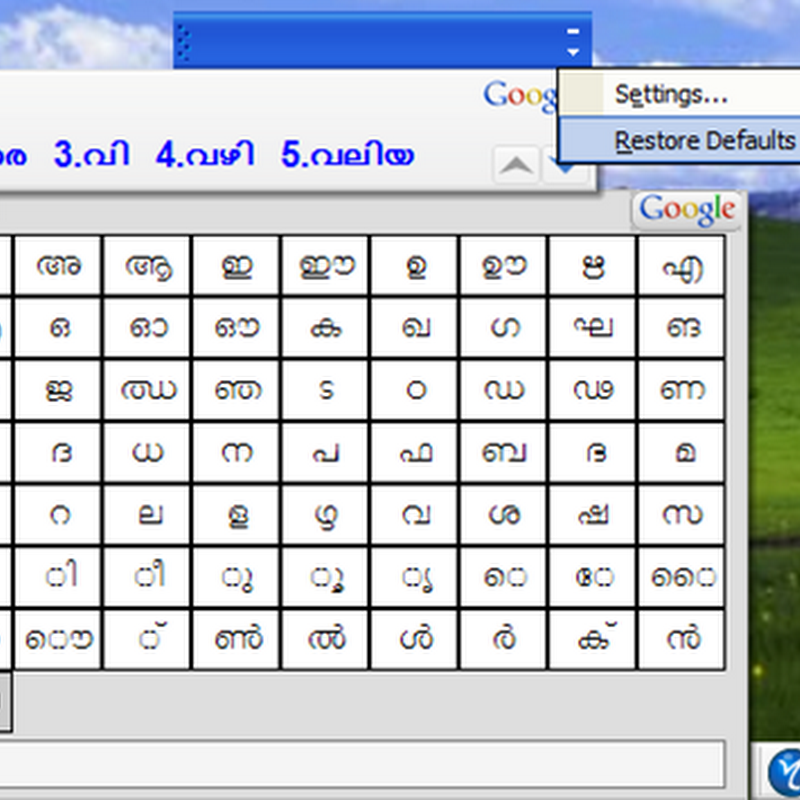Simple Security Practices You Should Know About
- PATCH AUTOMATICALLY
Ensure Windows is set to update itself. In XP, click Start, Control Panel, Security Settings (if you’re in Category view), Automatic Updates. You can also have Windows notify you before it downloads an update, or you can install the update manually.
- DON’T WAIT FOR WINDOWS UPDATES
If your PC has been off for more than a few days, don’t wait for Windows’ automatic update to kick in. Make the Windows Update site your first Internet stop. Also,there may be a lag between when a patch is available and when Windows Update pushes it to you. To be safe check for updates
manually every couple of weeks. And don’t forget to set your antivirus and anti-spyware tools to update automatically (or check weekly for updates yourself. - USE A SECURITY MONITOR
Windows XP Service Pack 3’s most welcome addition is the Window security
Center, which alerts you when your PC’s firewall and antivirus protection are disabled or out of date. Still, XP’s own firewall protects you only from inbound pests; it doesn’t alert you to suspicious outbound traffic. It is better that you disable the XP firewall and instead use Zone Labs’ (ZoneAlarm) or another third-party firewall program that protects both ways - MAKE FILE EXTENSIONS VISIBLE
Some viruses masquerade as harmless file types by adding a bogus extension near the end of their name, as in “funnycartoon.jpg.exe,” in hopes your system is set to hide such extensions (the default in Windows XP and 2000)—you see ‘.jpg’ but not ‘.exe’. To make these troublemakers easier to spot, open Windows Explorer or any folder window and click Tools,Folder Options, View. Ensure that the option ‘Hide file extensions for known file types’ is unchecked.
- KEEP INTERNET EXPLORER SAFE
Many people find IE 6’s Medium security level too obliging to ActiveX controls and other small programs, or scripts, that the browser runs on your PC. ActiveX and JavaScript enable such useful Web features as order forms and security scans, but they also may run malicious code and give attackers access to your system. To make IE safer, click Tools> Internet Options> Security> Custom Level, select High from the drop-down menu at the bottom of the Security Settings dialog box, and click Reset, Yes, OK.
Unfortunately, setting IE to the High security setting can lead to the browser’s unleashing a fusillade of warnings and permission pop-ups every time you visit a site. The solution is to add the sites that you access often to IE’s Trusted Sites list: Choose Tools> Internet Options> Security, click the Trusted Sites icon, and then click the Sites button. Enter the Web address,click Add, and repeat as necessary. Be sure to uncheck Require server verification (https:) for all sites in this zone. Whenyou’re finished, click OK twice.
- MAKE FIREFOX MORE SECURE
The only way to block Java Scripts on a site-by-site basis in the Mozilla Foundation’s free Firefox browser is to download and install the No Script add-in. No Script places a warning bar at the bottom of all the Web pages you visit that use JavaScript. Click the bar to see options for allowing scripts on the site (permanently or temporarily), blocking scripts, and other operations. The program can also stifle Flash animations and other Firefox
plug-ins, but keep in mind that going Flash-less means you’ll be missing out on some of the Web’s richest content (along with all of those great dancing ads). - HANDLE E-MAIL LINKS WITH CARE
If a virus infects your PC, chances are good it arrived piggy backed one-mail.To reduce your risk of an e-mail borne infection, don’t click links in suspicious messages (the text in the message may mask the actual Web address). Instead, enter the URL in your browser’s address bar manually, or go to the site’s home page and then navigate to the page in question.
- SCAN ATTACHMENTS FOR VIRUSES
Run each of the e-mail attachments you receive through your antivirus software before you open them. Rather than double-clicking the attachment to open it instantly, save the file to a drive on your PC, open Windows Explorer, right-click the file, and choose the option to scan itfor viruses. (Better yet, set your antivirus software to scan incoming and outgoing e-mail automatically.)
- CLOSE THE PREVIEW PANE
Some maleficent messages need only be opened in your e-mail program’s preview window to do their dirty work. That’s why we recommend that you close the preview pane in all of your inboxes. In Microsoft Outlook 2003, click View,Reading pane, Off. In Outlook Express 6,click View, Layout and verify that ‘Show Preview Pane’ is unchecked. In Mozilla Thunderbird, click View, Layout and confirm that ‘Message pane’ is unchecked (or press <F8> to toggle the preview pane on and off).
- READ YOUR MAIL IN PLAIN TEXT
Since many e-mail pests rely on HTML code to achieve their nefarious goals, you can stop them in their tracks by viewing your messages as plain text. In Outlook 2003, click Tools,Options, Preferences, E-mail Options and check Read all standard mail in plain text. In Outlook Express 6, choose Tools, Options, Read and click Read all messages in plain text. In Mozilla Thunderbird, select View, Message Body As, Plain Text.

















0 comments